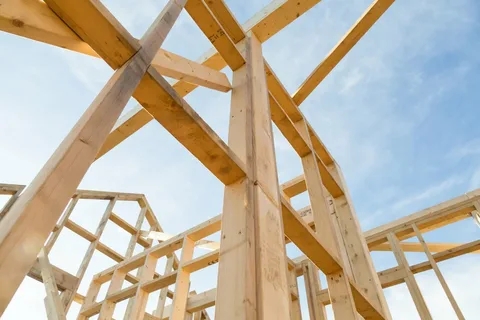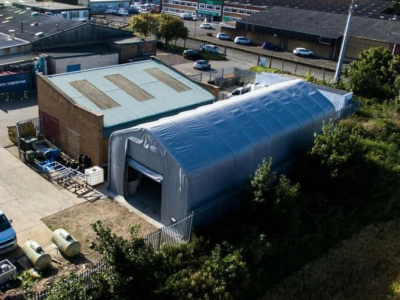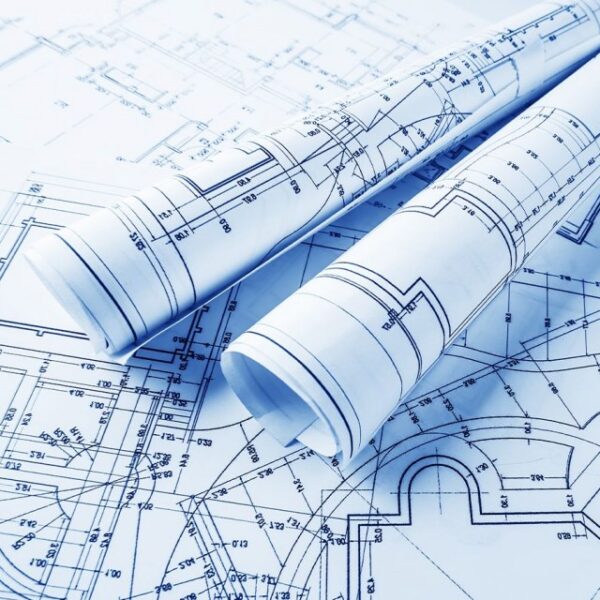
Framing is a fundamental aspect of building a house, providing the structure and support needed for the rest of the construction. For DIY enthusiasts, understanding the basics of house framing is crucial. This article will outline the essential tools and skills required for DIY framing, ensuring that your project is both efficient and successful.
Essential Tools for DIY Framing
When embarking on a DIY framing project, having the right tools is essential. These tools will not only make the job easier but also ensure that your framing is precise and sturdy.
Measuring and Marking Tools
Accurate measurements are the foundation of any successful framing project. Key tools include:
- Tape Measure: A reliable tape measure is a must-have for measuring lumber and ensuring precise cuts.
- Speed Square: This tool helps in marking straight lines and checking the accuracy of right angles.
- Chalk Line: Useful for marking long, straight lines on plywood or lumber.
Cutting Tools
Cutting tools are vital for shaping the lumber to fit your design. Essential cutting tools include:
- Circular Saw: A versatile tool for making straight cuts in lumber and plywood.
- Miter Saw: Perfect for making precise angle cuts, which are often needed in framing.
- Handsaw: Useful for making small, detailed cuts that may be difficult with power tools.
Fastening Tools
To secure the framing components together, you’ll need a variety of fastening tools:
- Hammer: A basic yet essential tool for driving nails into lumber.
- Nail Gun: Speeds up the process of nailing and ensures consistent depth.
- Screws and Drill: Sometimes screws are preferred for added strength, and a cordless drill will be invaluable.
Leveling and Alignment Tools
Ensuring that your framing is level and square is critical for the overall integrity of the structure:
- Level: A long level will help ensure that your walls and other framing elements are perfectly vertical or horizontal.
- Plumb Bob: This tool helps in aligning points vertically from ceiling to floor.
Safety Equipment
Safety should always be a priority when working on any DIY project:
- Safety Glasses: Protect your eyes from flying debris and dust.
- Ear Protection: Essential when using loud power tools.
- Gloves: Protect your hands from splinters, nails, and other hazards.
Fundamental Skills for DIY Framing
Having the right tools is only part of the equation. You also need a solid understanding of the basic skills required for DIY framing.
House Framing Basics
Before you start your project, it’s important to have a good grasp of the principles of house structure:
- Reading Blueprints: Understanding how to read and interpret blueprints or plans is crucial for following the design accurately.
- Lumber Selection: Knowing how to choose the right type and grade of lumber for your project can impact the durability and strength of the frame.
- Basic Geometry: A solid understanding of basic geometric principles will help you measure and cut lumber accurately.
Measuring and Cutting Techniques
Precise measurements and cuts are vital for ensuring that your framing components fit together correctly:
- Measuring: Always measure twice before cutting to avoid mistakes.
- Cutting: Practice using your cutting tools to make clean, straight cuts. Use guides and supports to ensure accuracy.
Assembling the Frame
Once you have all your pieces cut, the next step is to assemble the frame:
- Layout: Plan your layout carefully, marking where each piece will go. This is especially important for complex designs.
- Fastening: Learn the proper techniques for nailing or screwing pieces together. Use the right type of fasteners for each application.
Ensuring Structural Integrity
Your frame needs to be strong and stable:
- Level and Plumb: Regularly check that your frame is level and plumb as you work. Small deviations can lead to bigger problems down the line.
- Bracing: Temporary bracing can help keep your frame stable while you work on it.
Adapting to House Structure
When working on a project in a specific area, like a house structure design in LA, there may be additional considerations to keep in mind. Local building codes, climate conditions, and design trends can all influence your project. In LA, for example, you might need to consider earthquake-resistant construction techniques and materials that can withstand the local climate. Understanding these regional specifics can help ensure that your DIY framing project meets all necessary standards and performs well in its environment.
Putting It All Together
Embarking on a DIY framing project can be both challenging and rewarding. With the right tools and skills, you can create a sturdy and reliable frame for your house. Remember to prioritize safety, take your time with measurements and cuts, and always check that your frame is level and plumb. You can ensure a successful and long-lasting construction project by understanding the basics of house structure and adapting to specific design requirements, like those for house framing design LA.
DIY framing is a valuable skill that allows you to take control of your building projects, saving money and giving you a sense of accomplishment. With practice and dedication, you can master the essential tools and skills required for DIY framing and create beautiful, sturdy structures that stand the test of time.










